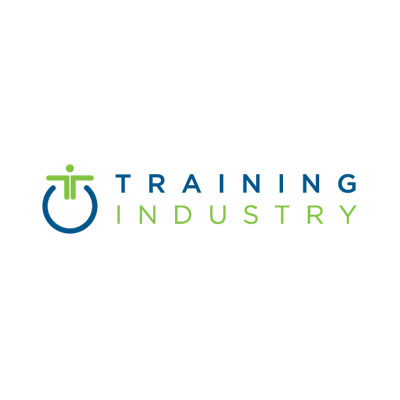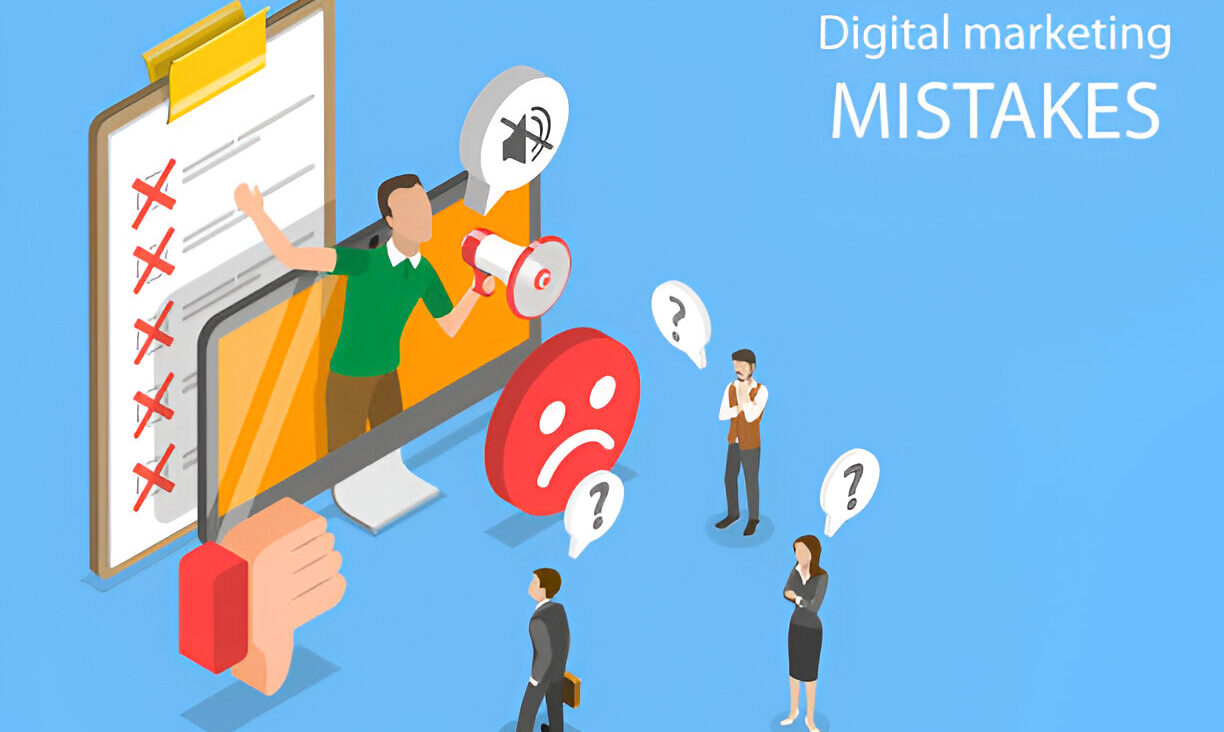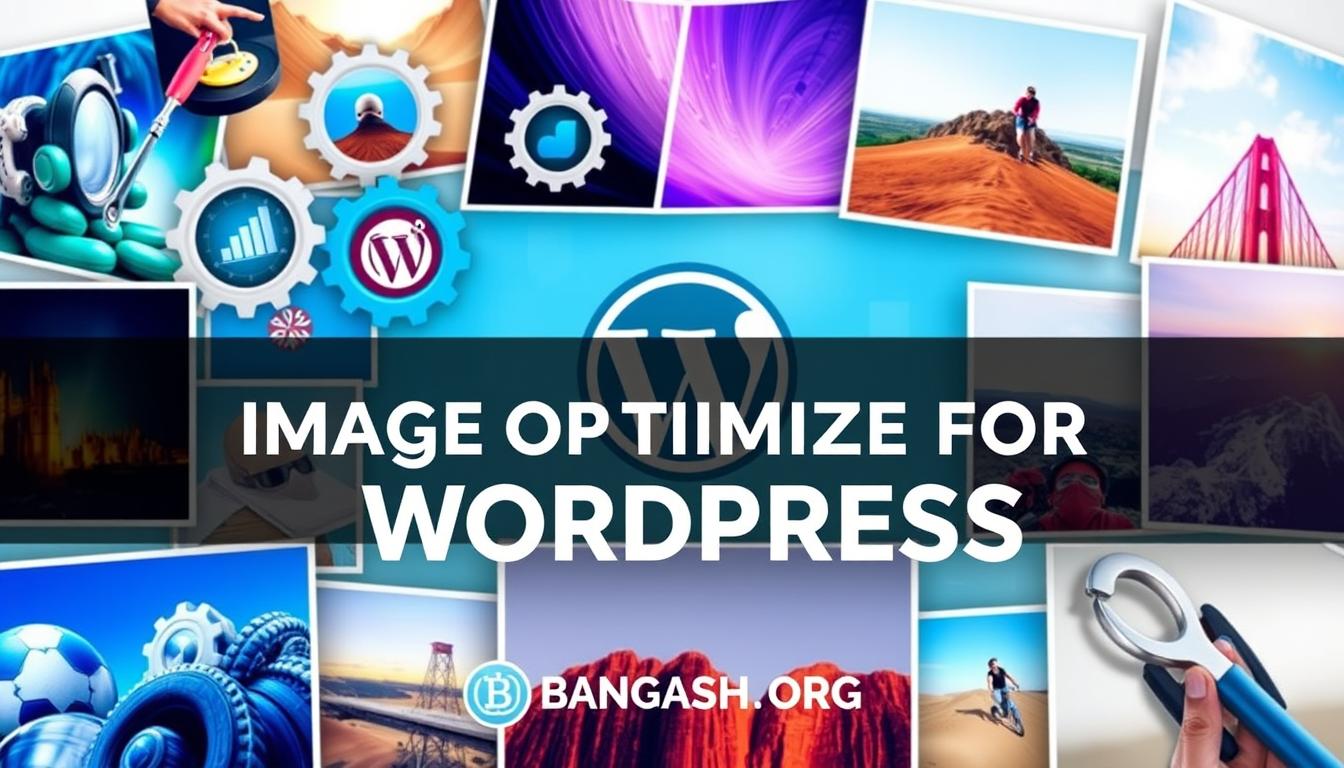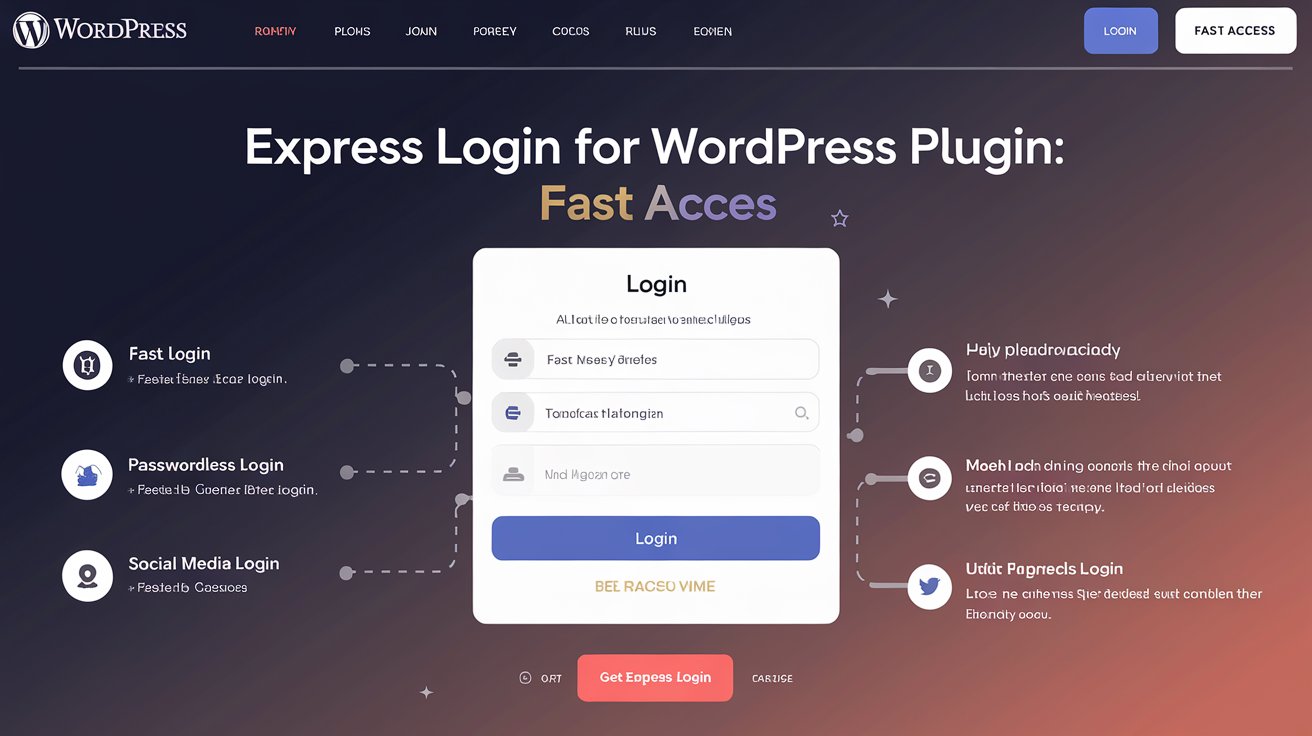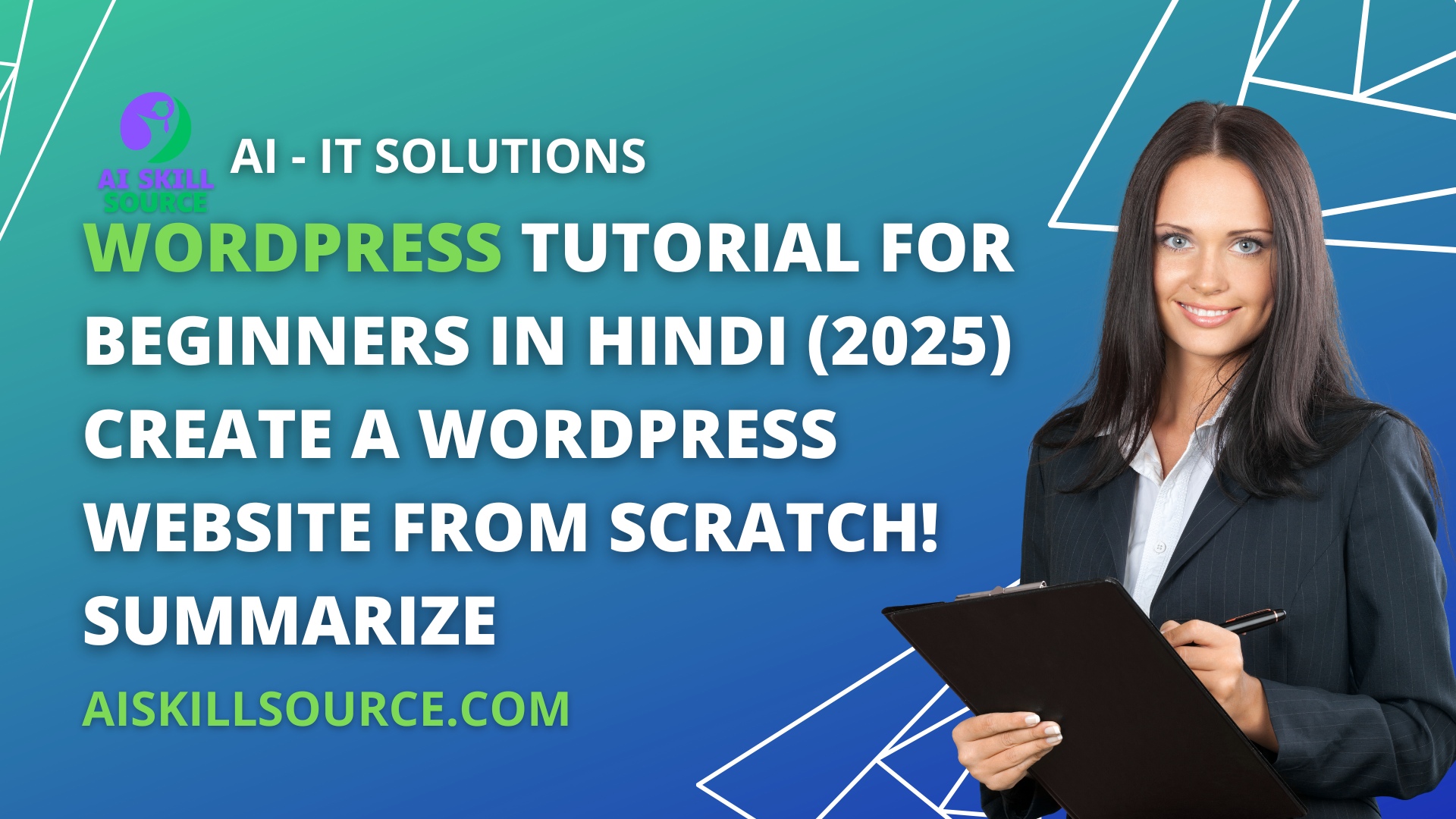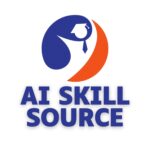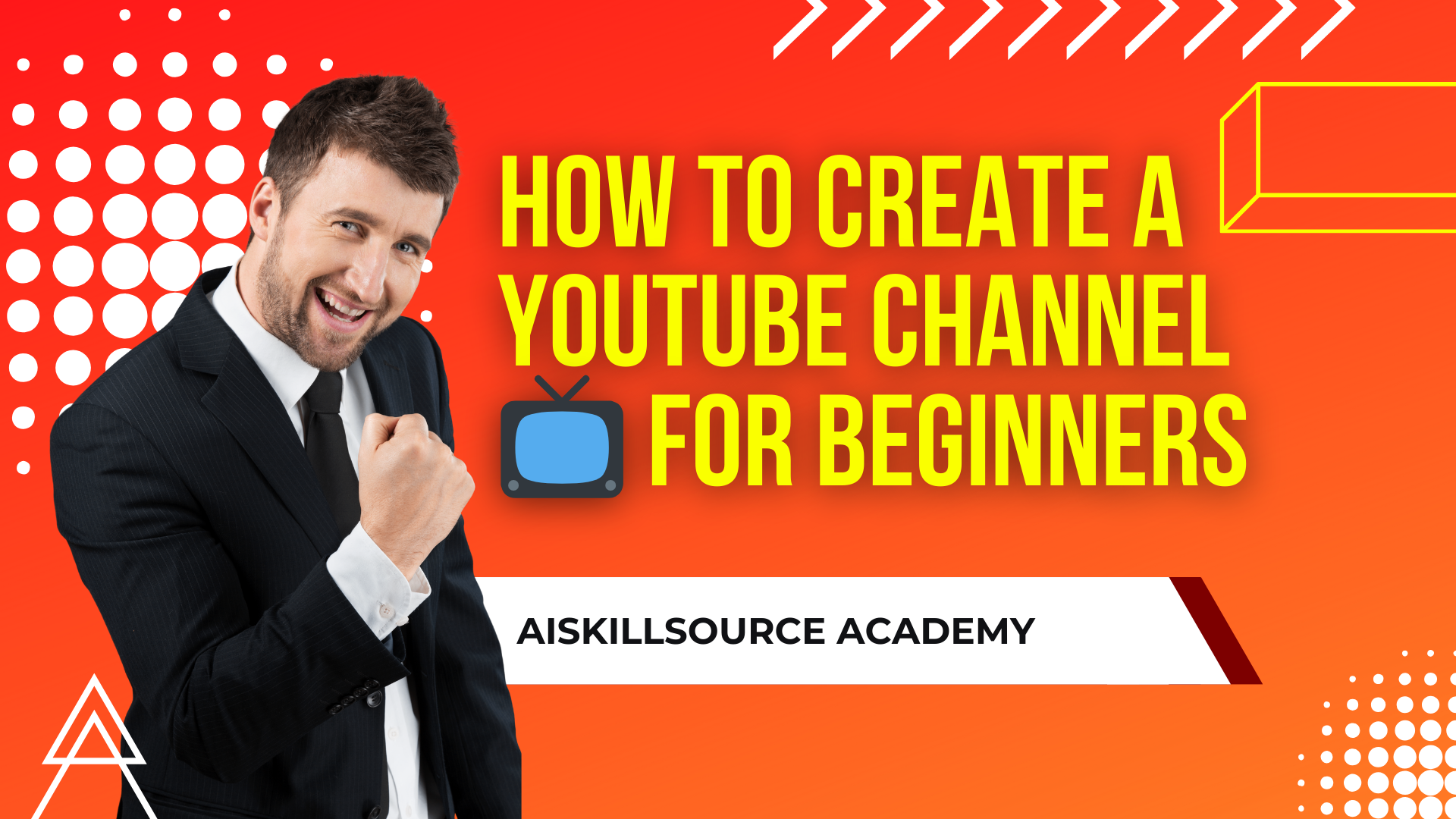Recently I was in New York City for work and had my first in-person meetings in over 18 months and had an experience that was an interesting metaphor for employee development and training.
While there, I took the opportunity for a night out and attended a performance at the Brooklyn Academy of Music (BAM). The show, performed by experimental sound artist ASUNA, featured a large circle of over 100 keyboards in the center of the room. ASUNA started by playing a single note on a keyboard. He then moved to the next keyboard and played another note or notes, and then to another keyboard, and another, until finally all 100 keyboards played in harmony. The effect was a gradual crescendo culminating in an explosive, meditative immersion in sound. As I watched ASUNA carefully move from keyboard to keyboard and play note after note, it dawned on me that this experience is in many ways similar to the best practices needed to conduct and harmonize employee development and upgrading with business objectives.
How? You could say that every employee in a company is responsible for playing a series of notes on their own keyboard. When combined with the efforts of all other co-employees, the company harmonizes and achieves much greater results than any single player can.
Specifically, I think there are three main areas in which improvisation and musical performances are similar:
- A focus on the customer experience.
- A focus on the employee experience.
- Leadership and execution.
Throughout the development of the 100 Keyboards show, I am confident that ASUNA carefully envisioned the experience it wanted attendees to have. Companies also have similar planning exercises to define their ideal customer experience, including what will attract new customers and retain existing ones. Clearly defining the customer lifecycle using tools like design thinking, customer journey mapping, and voice of the customer can help align different company departments, including marketing, sales, product development, engineering, and more, with a clearly defined execution strategy.
However, I believe companies often miss a key component during this strategic planning: They often do not consider what the underlying employee experience should be too. Although this blog is too short to properly discuss the connections, you can read this blog on employee career charts and this one on user experience in training for more information on the subject.
In a nutshell, if employees are ultimately responsible for driving the customer experience and therefore company success, they need their own road map and a clear understanding of which notes to play, in what combination, and when.
Upskilling is one of the most effective tools business leaders can use to better align their organization with future goals and objectives. By identifying what skills employees bring now and what they will need in the future, leaders can plan for the future of work.
Digital transformation, remote work, new technologies, new generations in the workforce, and many other factors are driving unprecedented change and straining talent marketplaces. Identifying existing skills and preparing for future skills enables companies to better manage the talent pipeline by filling open positions from within, which includes the added benefits of retaining employees longer, reducing hiring costs, and increasing employee engagement—all of which enable employees to better deliver the company’s promise to customers.
So how do you begin to identify your ideal education program?
Start by working closely with other business leaders to clearly—and visually, if possible—define how your company’s customer experience strategy aligns with your desired employee experience. Next, identify a current and future state comparison of what skills employees need to execute on that strategy. Once the skills are identified, determine how best to establish and cultivate a culture of continuous learning for all employees—from front-line workers to managers to senior managers, everyone should have access to upgrade opportunities. It is also important to ensure that your leadership development curriculum emphasizes coaching and employee growth. Then evaluate whether your current learning technology and content strategy enable rapid and inclusive upskilling and what additional investments you need to make in your learning ecosystem.
Finally, you can consider what change management and internal employee marketing campaigns are needed to promote and sustain adoption of your upgrade program. This is especially important if you are implementing an internal talent marketplace in addition to an upskilling program.
Finally
The demands on human resources (HR) and learning and development (L&D) to fill the talent gap in today’s rapidly changing and increasingly digital economy have never been higher. Aligning the employee experience with key strategies to maximize the customer experience provides an opportunity to identify key skills employees need now and in the future. With careful planning and execution, just like ASUNA and its keyboards, leaders can synchronize each employee’s contributions into a unified whole that allows individuals to achieve greatness together.
================
AISKILLSOURCE.COM
